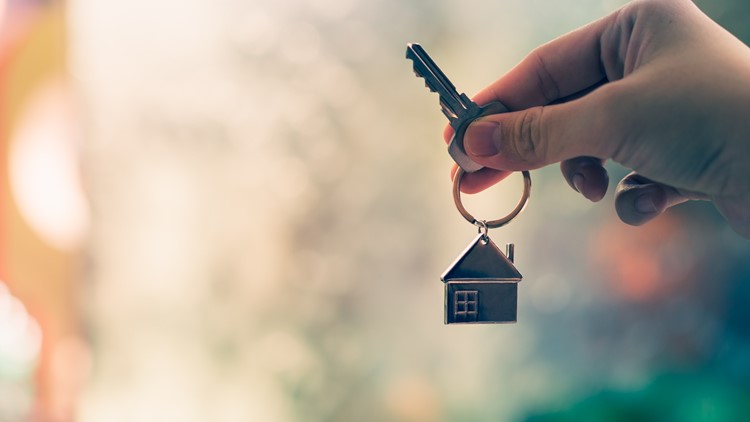DALLAS — Purchasing a $2.5 million house in North Texas doesn’t make you king of the mountain among North Texas homebuyers, but it does put you in rarified air.
The inventory of homes on the market above that price drops sharply as the number of buyers who can afford them dwindles, real estate agents say.
Many of the buyers of homes priced around $2.5 million are moving to the area with their company, said Tom Hughes, a founding agent at Compass Real Estate in Dallas.
"Our market is the beneficiary of a lot of relocating people," he said. “Executives from many companies relocating to Dallas make up many of the buyers.”
Take a photo tour of North Texas homes on the market priced around $2.5 million, compiled with help from Compass, in the gallery at the top of the story.
This is the fifth in a series of stories the Dallas Business Journal will run on DFW housing options at various price points.
To learn more about homes for different price ranges, see below:
Hughes sells $2 million-and-up homes across the Dallas-Fort Worth area, focusing on Preston Hollow and the Park Cities in Dallas.
As of late January, there were 203 homes priced between $2 million and $3 million on the market across 29 North Texas counties, with the bulk of those homes being in Dallas, Collin, Tarrant and Denton counties.
Ninety-seven of the homes in the price range were in Dallas County, 37 in Tarrant, 29 in Collin County and 16 of the homes were in Denton County.
Those numbers include both preowned and newly built homes.
Breaking it down further in Dallas County, 53 of the homes priced $2 million to $3 million were in Preston Hollow and 27 were in Highland Park.
The number of homes on the market drops sharply above $3 million, with only 126 listed at that price or higher in the 29 North Texas counties as of late January, Hughes said. Only 70 of those homes in the 29 counties were priced at $5 million or above.
What kind of home can buyers expect at the $2.5 million price?
Like so many things in real estate, that depends on the location, Hughes said.
“In the core Dallas market, you can expect brand new construction on a smaller lot,” Hughes said. “On a larger lot, you can expect a house that could be 20 years old or could be 100 years old, depending on location. As you go further out north, you can expect nice, brand new construction, definitely on more land.”
In terms of size, buyers in the core Dallas market can get 5,000 to 6,500 square feet at the $2.5 million price point, and buyers in places like Southlake, Westlake and newer areas of Frisco and west Plano can count on 7,000 to 10,000 square feet.
The biggest problem that agents face now in the Park Cities and Preston Hollow is inventory, with the supply of homes hovering around six months, Hughes said. Inventory levels are higher than they were two years ago, but lower than last year, he said.
“The inventory is an issue,” he said.
The luxury high-rise piece of the market is taking off, and the $2.5 million price will get a buyer a nice place in Museum Tower or the Hall Arts residences in Dallas, Hughes added.
Most buyers at the $2.5 million range are opting for newer construction, high ceilings, luxury appliances, open kitchens and outdoor living and cooking areas including covered patios and built-in grills, Hughes said. They want color schematics on the lighter side and high-quality flooring, he added.
A quality, known architect is also a big selling point on both existing homes and new builds, he said.
“When I have buyers in that price point, they want a really efficient square-footage house,” he said. “If they can get an efficient house with a smaller footprint, they will take that over a larger footprint.”
About 80 percent of buyers at the $2.5 million mark would prefer to purchase an existing home, and 20 percent prefer to build, Hughes said.



